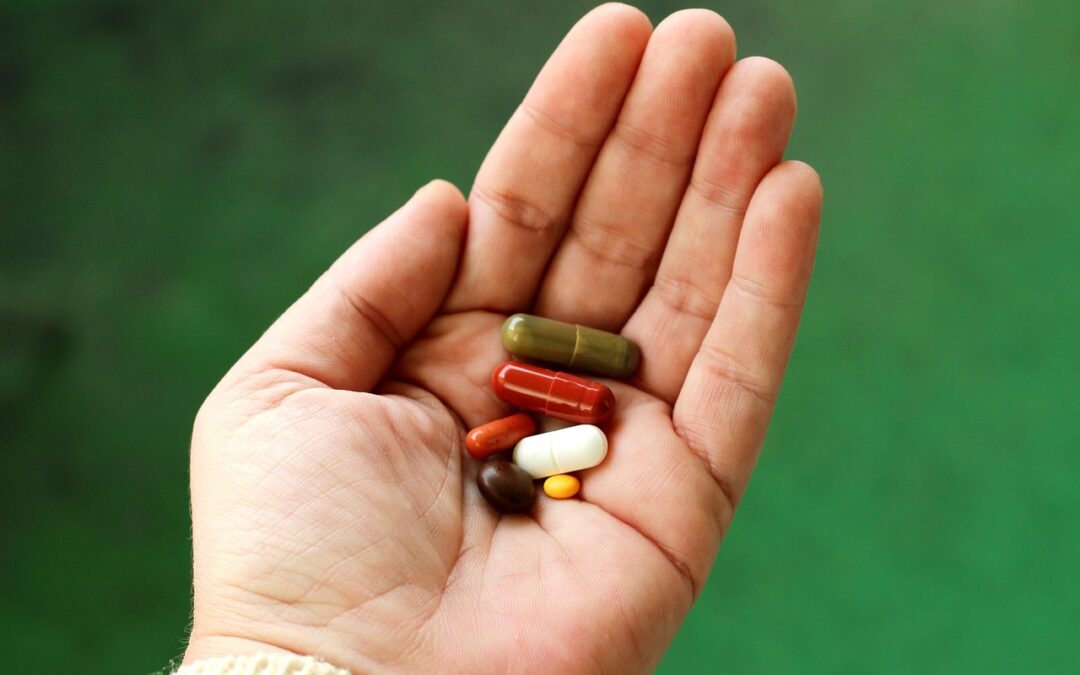Many times when shopping at the pharmacy you have probably wondered what vitamin D3 to buy? In tablets? Or maybe in capsules or in drops? Which is better? Which one is better absorbed? Of course, we cannot rely on advertising, because each producer convinces us that their product is absolutely the best.
What does the truth look like? Can we objectively determine which form, tablets or soft, oil-containing capsules are better? Or maybe drops?
Let’s look at the results of the research carried out.
In 2010, a study was conducted in Brazil comparing the bioavailability of vitamin D3 capsules and drops. The test was carried out on 32 nuns (the nuns were chosen because of their low exposure to sunlight, which significantly affects serum vitamin D levels).
The test subjects were divided into 2 groups, and then they were administered 66,000 UI of vitamin D3 (plus vitamin A 13,200 UI), one group in the form of drops and the other in the form of capsules. After 90 days they were given the test products again, but the group that had received the drops in the first stage now got capsules and the group of “capsules” now received the drops. After each examination, blood was taken from them several times, checking the level of vitamin D and comparing it with the level before the start of therapy. The statistical analysis did not show any significant differences between the bioavailability of these two forms.
A similar study has been conducted in India. The volunteers were given standard drugs (in the form of capsules or tablets) containing vitamin D3 and an experimental nanotechnology formulation in the form of a solution. Statistical analysis of the results showed that the bioavailability of the vitamin from capsules and tablets was very similar, while the bioavailability from the experimental formulation was slightly higher.
And another study, this time from Slovenia – three groups of volunteers were given vitamin D in the form of capsules or standard aerosol preparations, one based on an oil solution and the other in water. The statistical analysis of the results showed no significant differences in the bioavailability of vitamin D from these formulations.
Another study, this time in Sweden, compared the bioavailability of vitamin D given in drops or tablets. Again, the analysis of the results showed no significant differences in absorption from these forms.
There are many works with similar results and they can be cited for a long time.
It should also be taken into account that these studies were carried out under controlled conditions, on selected groups of volunteers who received standard meals before administration of the drug.
Under normal circumstances, it looks a bit different. Medication inserts or descriptions of vitamin D dietary supplements often state that they can be used with or after a meal. It is known from the literature that the type of food consumed and the time elapsed after eating it may affect the absorption of the drug. The patient’s individual characteristics, such as age, sex or BMI, are even more important. In this situation, subtle differences in the absorption of vitamin D administered in different formulations are practically imperceptible. On this basis, it can be concluded that the most important thing in the case of vitamin D deficiency is to take its supplementation in a dose adjusted to the degree of deficiency, and the form in which we take it can be left to our individual preferences.
AUTHOR: Dr n. farm. Andrzej Tarasiuk




